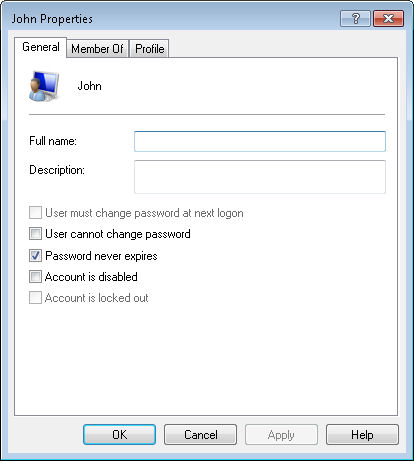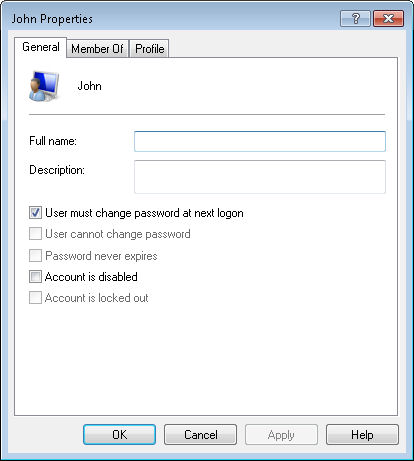There is a tendency to think that everyone uses computers of some sort today and that all of these computers are connected in some way to the Internet. When I use the term computer here, I mean some sort of device that contains a processor and runs applications. What you may have is actually a smartphone and not a computer in the conventional sense, but even so, a smartphone contains a processor and runs applications. So, when you define the term that broadly, there is an expectation that everyone is connected. The fact is that not everyone is connected. According a recent eWeek article entitled, “One in Five U.S. Adults Does Not Use the Internet: Pew” 62,318,383 people in the US don’t have an Internet connection (based on a US Census Bureau estimated population of 311,591,917 in 2011). That’s a lot of people.
So, why is this statistic even important? If you write computer books and articles as I do, the statistic doesn’t affect you at all. However, if you’re currently selling a product online and don’t offer a catalog for that product, you could be missing out on 20 percent of your possible sales. When you want to communicate with family members, there is a 20 percent chance you won’t reach the party you want to reach if you only rely on computer technology to do it. As I move more and more into self-sufficiency topics, I’ll need to consider the effect of print media on my books sales because 20 percent of my potential audience may lack the capability of using an e-book (see my post The e-Book in Your Future for my thoughts on e-book usage).
Every once in a while, I need my perceptions of the world around me stirred up and challenged. I get stuck in a pattern of thought that could be invalid or downright harmful for those around me. Finding information that challenges your view of the world is helpful and useful because it forces you to think through the assumptions that you’re making. If you’re a vendor, you may have thought about getting rid of your paper catalogs because you assume that everyone shops online, but that may not be the case.
Of course, you also need to read the report further to really understand the ramifications of the data it presents. For example, 95 percent of teenagers are currently connected to the Internet, which means that if you’re targeting a younger audience, chances are good that you’ll reach them using the Internet. Of course, that 5 percent is still a huge number. Whether you exclude them as a component of your sales, information, or other campaign has to be based on the focus of that campaign. The point is, assumptions are simply a bad idea if they’re never challenged, revised, and reevaluated.
What sorts of assumptions have you made lately that affect your world view of computers or any other technology for that matter? When was the last time you challenged your assumptions? Let me know at [email protected].




